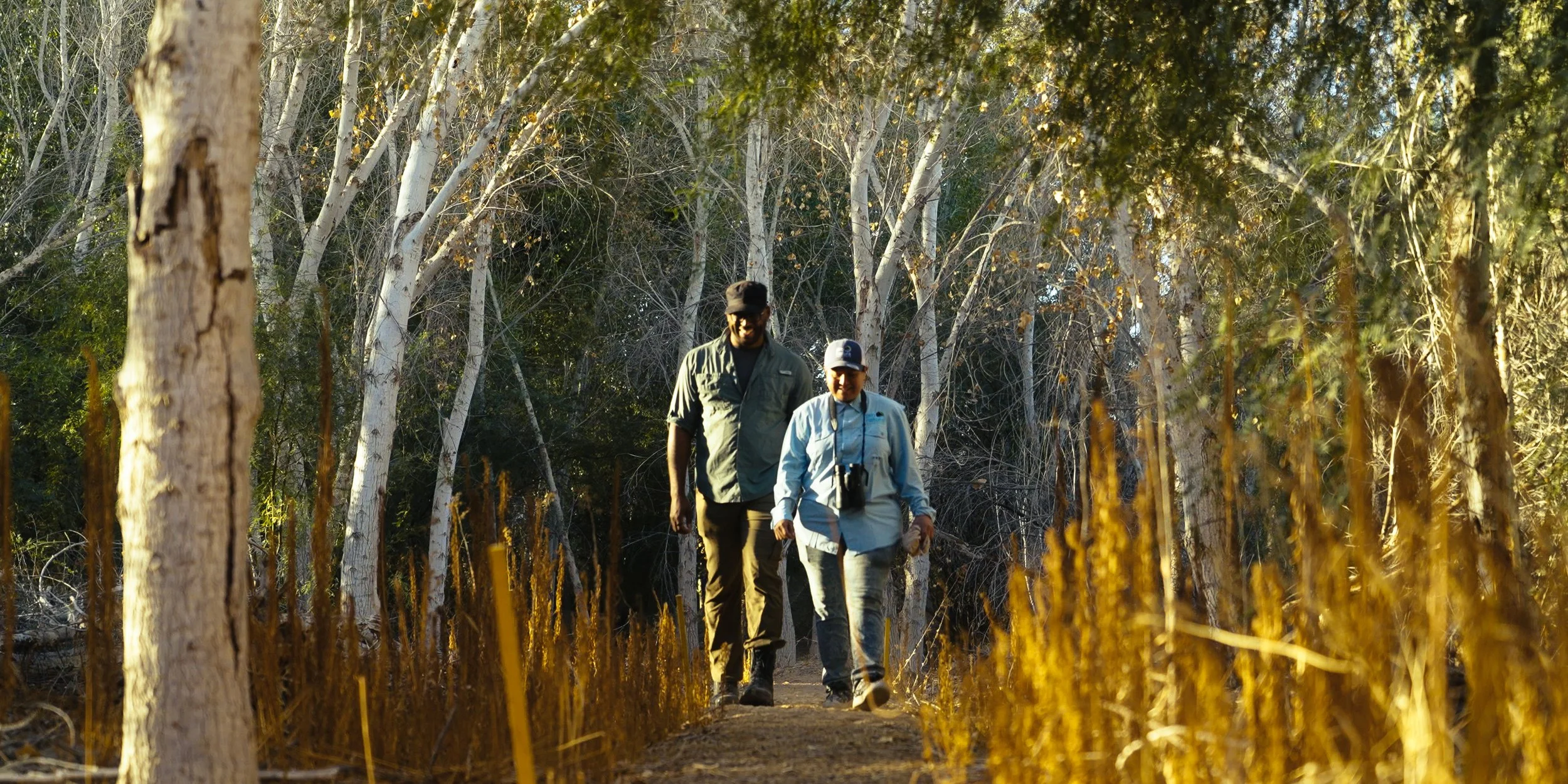~~~~~~~~~~~~~~~~~~~~~~~~~~~~~~~
Human Footprint – Season 2
Television Series
dir. Nate Dappen and Neil Losin
~~~~~~~~~~~~~~~~~~~~~~~~~~~~~~~
The Emmy-nominated PBS television show Human Footprint returned for its second season in the summer of 2025. The show follows evolutionary biologist Shane Campbell-Staton across the globe as he explores our complex relationship to the natural world – how we have fundamentally changed it, and how it has fundamentally shaped us.
Production company Day’s Edge brought me on board to photograph the second season alongside the series’ original DP, Rick Smith.
Human Footprint S2 is available to view in full at PBS.org.
The show spans continents and documents an incredible roster of subjects and their stories. I’ve selected a few personal favorites here.
Episode 5 – Dammed If You Do – sent the crew on a journey down the Colorado River Basin in an attempt to weave together a complicated history of water rights and human ambition.
To capture the immense scale of water management in the region, we loaded up three expedition crafts for a journey down the Grand Canyon. We spoke with Matt Kaplinski, a researcher at NAU, and Lindsay Hansen, a biologist with the the US Geological Survey, about the effects that a diminishing river has had on the canyon.
A mile deep in the canyon, you can’t help but to internalize the impact that the river has had on the land. Perhaps equally as profound is the impact that we have had on the landscape. A cathedral built on a cosmic scale, wrangled and routed in just a split second of geological time.
~~~
In the past, the Colorado River emptied into the oceans. Now, it trickles to a halt in northern Mexico. We worked with wildlife rehabilitation programs, visited large-scale agricultural operations on the northern side of the border, and experienced the salt flats of Baja California to better understand what happens with water that’s left to the people and the land at the end of the river.
~~~
Vanishing Act, the sixth and final episode of the season, takes a look at species on the brink of extinction, and the efforts from people across the planet to save them.
We traveled to the San Juan Islands of Washington State to hear how the biologists (and dogs) at Wild Orca are sniffing out whale scat in an effort to help understand and protect Southern Resident killer whales.
In Shelf Life, the first episode of the season, we visited Full Belly Farms, in central California. In addition to learning about the fascinating solutions available for sustainable and profitable agriculture in the United States, we had the pleasure of sharing an incredible family-style dinner with the owners, Dru and Paul. Fresh vegetables, some salt, and not much more.
It’s a pleasure and a privilege to contribute to science-based public broadcasting. Each story is rooted in journalistic integrity and creative freedom, and it is openly available to the public. A big thanks to PBS and the folks at Day’s Edge for bringing this series to life.
~~~
